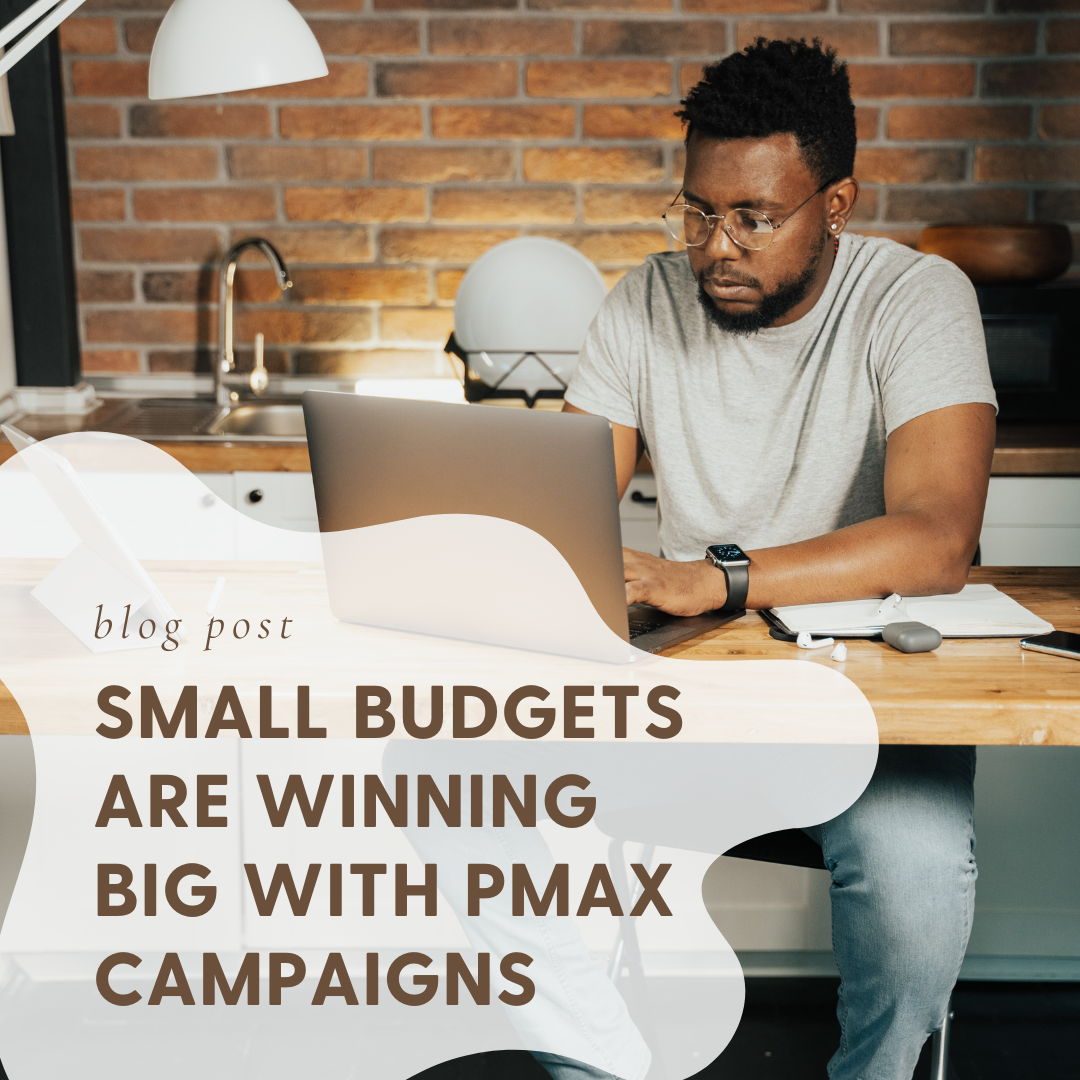Small Budgets Are Winning Big With PMax Campaigns


The digital advertising world has long felt like a game rigged in favor of deep pockets. For years, we’ve watched small businesses struggle to compete in Google’s advertising ecosystem, often questioning whether limited budgets could ever generate meaningful results. At Galaxy Advertising Agency, we’ve challenged this assumption by discovering how Performance Max campaigns are leveling the playing field for advertisers with modest resources.
Google has traditionally been the default battleground for digital marketers, but the entry price has scared away many small businesses. When you’re working with less than $5,000 monthly, sometimes as little as $1,000, every click counts. The question becomes not just where to advertise, but how to maximize every pound spent.
Why PMax Changes Everything for Small Budgets
Performance Max (PMax) campaigns represent a fundamental shift in how Google approaches advertising. Unlike traditional Search campaigns that limit you to keyword bidding, PMax lets you appear across Google’s entire ecosystem—Search, Display, YouTube, Gmail, Maps and more, all from a single campaign.
For small budgets, this matters tremendously.
When you’re working with limited resources, spreading that budget across multiple campaign types often means none receive enough funding to generate reliable data. PMax consolidates your advertising presence, allowing Google’s AI to find the most efficient placements for your budget.
We initially approached PMax with healthy skepticism. New Google products often promise revolution but deliver complexity. Yet our experience managing PMax campaigns for eCommerce brands and local professional services has revealed genuine advantages for budget-conscious advertisers.
Making PMax Work for Small Business Realities
The secret to PMax success with small budgets isn’t simply activating the campaign, it’s implementing proper controls. Without them, your limited budget can quickly disappear into inefficient placements.
For clients with budgets under $5,000 monthly, we implement these essential strategies:
First, extensive exclusions for display and YouTube placements protect your budget from ineffective spending. While Google promotes PMax as an all-in-one solution, not all placements deliver equal value. We’ve found that carefully curating where your ads appear dramatically improves performance.
Second, video inventory provides unexpected opportunity. Video advertising is surprisingly inexpensive compared to Search, allowing small budgets to achieve remarkable reach. A modest investment in simple product videos often yields impressive returns when distributed through PMax.
Third, for businesses with enough budget to gather some data, Dynamic Search Ads become powerful tools within the PMax framework. These ads automatically capture queries relevant to your business while allowing you to set bid caps that prevent participation in expensive auctions.
Building Audience Assets Through Smart Placement
Perhaps the most overlooked benefit of PMax for small businesses is its ability to build valuable audience data. Every impression and interaction across Google properties contributes to your audience targeting capabilities.
This creates a compounding effect. Video campaigns may not drive immediate conversions, but they build scalable audience targeting lists that enhance future campaign performance. We’ve watched small businesses transform their marketing effectiveness by gradually building these proprietary audience assets.
For local businesses like law firms, accountants, and financial advisors, this audience development proves particularly valuable. While immediate lead generation matters, the long-term benefit of refined audience targeting often delivers greater ROI over time.
When PMax Isn’t the Answer
Despite our enthusiasm for Performance Max, we recognize it isn’t right for every situation. Businesses with extremely limited budgets (below £500 monthly) may still benefit more from highly targeted Search campaigns focused on bottom-funnel keywords.
Additionally, brands requiring precise control over exactly where and when their ads appear may find PMax’s automation frustrating. The trade-off for efficiency is always some reduction in granular control.
The key is understanding your specific business objectives and constraints before determining whether PMax makes sense for your situation.
The Evolving Small Budget Strategy
What we’ve learned managing PMax campaigns across different industries is that small budget advertising requires different thinking, not different platforms. The tools available to enterprise advertisers are increasingly accessible to businesses of all sizes.
Google’s advertising ecosystem continues to evolve toward AI-driven placement optimization. For small businesses, this trend represents opportunity. The machines don’t care about your budget size—they care about performance data.
By implementing proper controls, focusing on audience development, and leveraging video content strategically, small budget advertisers can achieve results that were previously unattainable without significant spending increases.
The secret weapon isn’t just PMax itself. it’s knowing how to harness its capabilities while mitigating its limitations. For businesses ready to move beyond traditional Search advertising, Performance Max offers a compelling path forward that doesn’t require enterprise-level resources.
At Galaxy Advertising Agency, we’ve seen firsthand how this approach transforms results for clients who previously believed effective Google advertising was beyond their reach. The digital advertising playing field hasn’t completely leveled, but for small businesses willing to embrace new approaches, it’s certainly become more accessible.


